Against the Commons: A Radical History of Urban Planning
Álvaro Sevilla-Buitrago | University of Minnesota Press | $29
“The commons” may be an increasingly slippery term these days but, arguably, its most enduring connotation is one of abject failure. “The tragedy of the commons,” a concept popularized by a widely cited 1968 paper in Science by ecologist Garrett Hardin, offers a seemingly straightforward rubric: Assuming a great degree of inherent, individual selfishness (or pursuit of one’s own “best interests,” if you want to call it that), any given resource shared by people in a finite system runs the risk of overexploitation and collapse. Setting aside the reductive, Malthusian anxieties of this argument—and Hardin’s reputation as a eugenicist and an anti-immigration hardliner—there is still a great deal of ambiguity in what exactly is taken to be the commons. “Resource” could mean just about anything; and though Hardin extrapolated his generalization from a 19th-century pamphlet by English economist William Forster Lloyd about the potential for overgrazing commonly held agricultural land, this same source material (like too much economic writing, unfortunately) is based on an entirely hypothetical situation, not actual historical facts.
In recent years, certain partisans of the political left in Europe and the United States have worked to recover the commons from this dire imaginary. As a way to think through democratic and decommodified ways of life, particularly for oppressed and marginalized groups, the commons have been used to frame struggles over resources as varied as public space or source code; in the process, they have become a kind of shorthand for an anti- or postcapitalist future. But despite a growing body of scholarship and set of IRL organizing tactics that seeks to articulate those potentials in real situations—alongside a growing understanding of the term’s origins in rural England—“the commons” can still often appear as a diffuse catch-all, more a slogan or abstract utopian ideal than a real schema for a liberated society or a plan for how we get there.
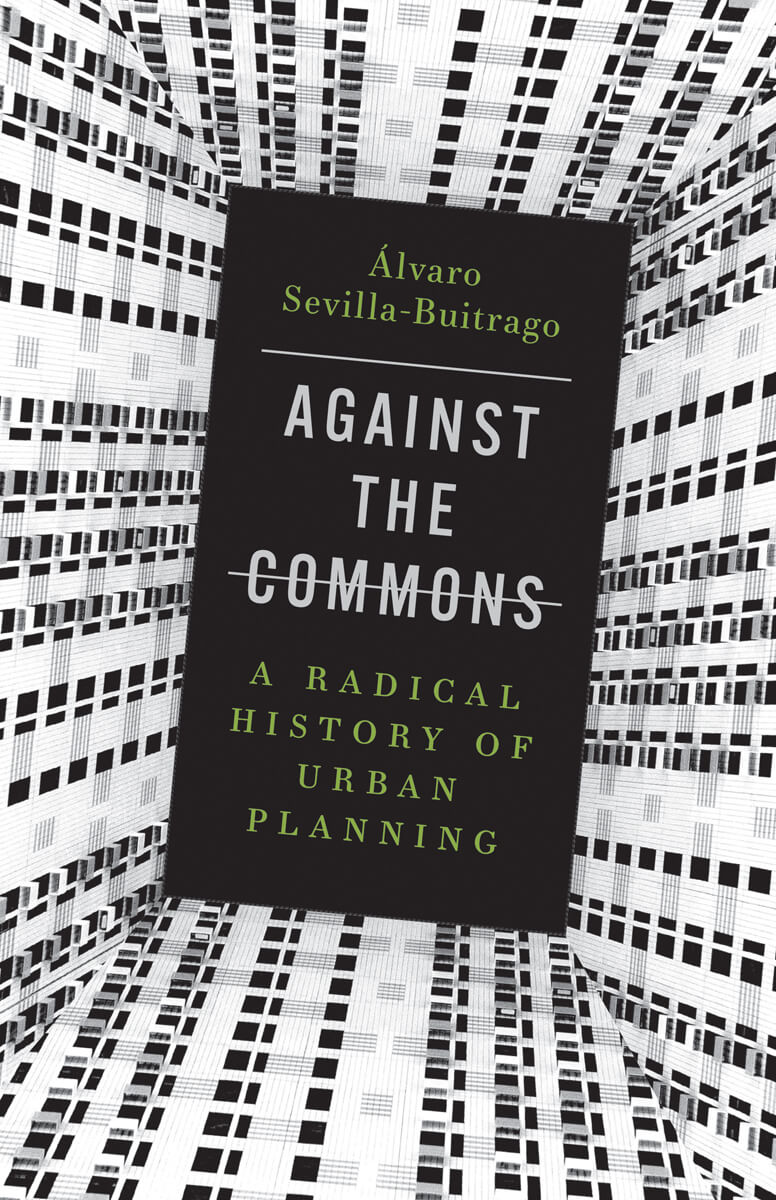
In this context, Álvaro Sevilla-Buitrago, a planner turned academic based at the School of Architecture, Universidad Politécnica de Madrid, has accomplished something quite unique with his latest book, Against the Commons: A Radical History of Urban Planning. Owing to its slippery character as a heuristic device, the commons, Sevilla-Buitrago argues, should be pared down to a more fundamental condition: the full integration of social and economic life—or production and reproduction, for the Marxists in the back—within an autonomous, cooperative structure of governance. This unalienated condition is not a hypothetical scenario, by any means: It has existed, and still does, across many places and times, and to varying degrees of organization and coherence. However, capitalist modes of producing urban space—the places where we supposedly live, work, and play—disaggregate the social from the economic, enabling greater control and coercion of both spheres of life by the market and the state. Sevilla-Buitrago makes the case that urban planning, contrary to the self-conception of many of its contemporary, progressive practitioners, has played an indispensable role in destroying the self-determining potentials of the commons within the very communities that it purports to serve.
The above realization, while it may at first seem like a rather extreme form of indictment or self-flagellation (or both?), arrives with historical evidence to back it up. Perhaps the most controversial yet crucial scholarly contribution that Against the Commons makes is in resituating the birth of urban planning from the 19th-century Western industrial city to the earlier enclosures of common agricultural land that swept rural Europe from the 17th century onward—quite literally the groundwork for agrarian, and subsequently industrial, capitalism. Put another way, the genesis of urban planning coincides with the invention of abstract private property as something distinct from pre-capitalist forms of land tenure, which were based on social obligations and negotiations between ruling and peasant classes. This inherently hierarchical arrangement isn’t, and shouldn’t be, romanticized. But in its greater reciprocation and dependencies between elites and their subordinates—and with its explicit provision of bountiful common land for free use by the lower classes—feudalism afforded greater autonomy to the average peasant than capitalism for the average proletarian living perhaps one, two, or even three centuries later. This gets at one of Sevilla-Buitrago’s recurring, key points: The commons have never been an ideal state; rather they have always coexisted simultaneously alongside, and often within, more oppressive forms of social organization actively working against their flourishing.
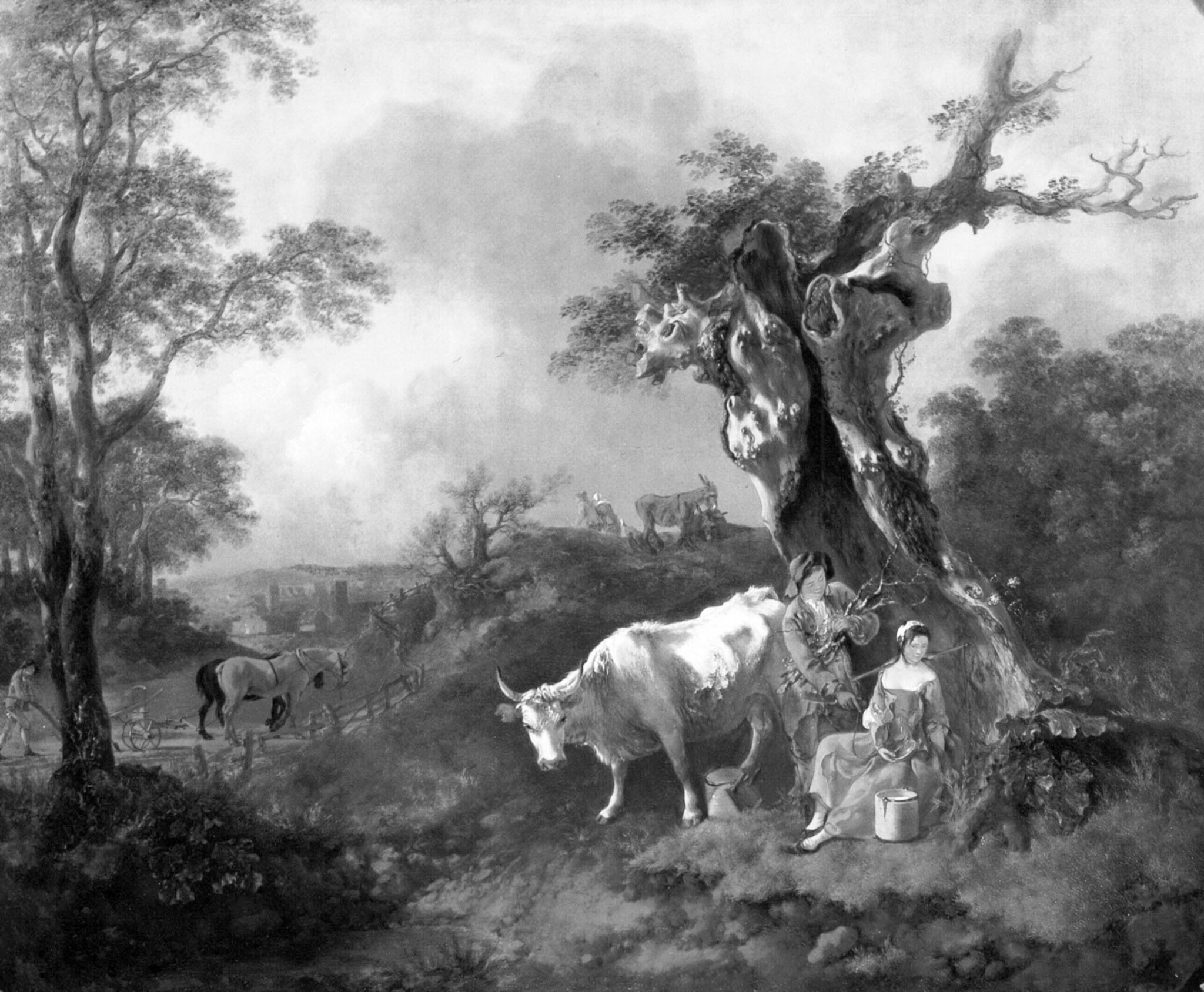
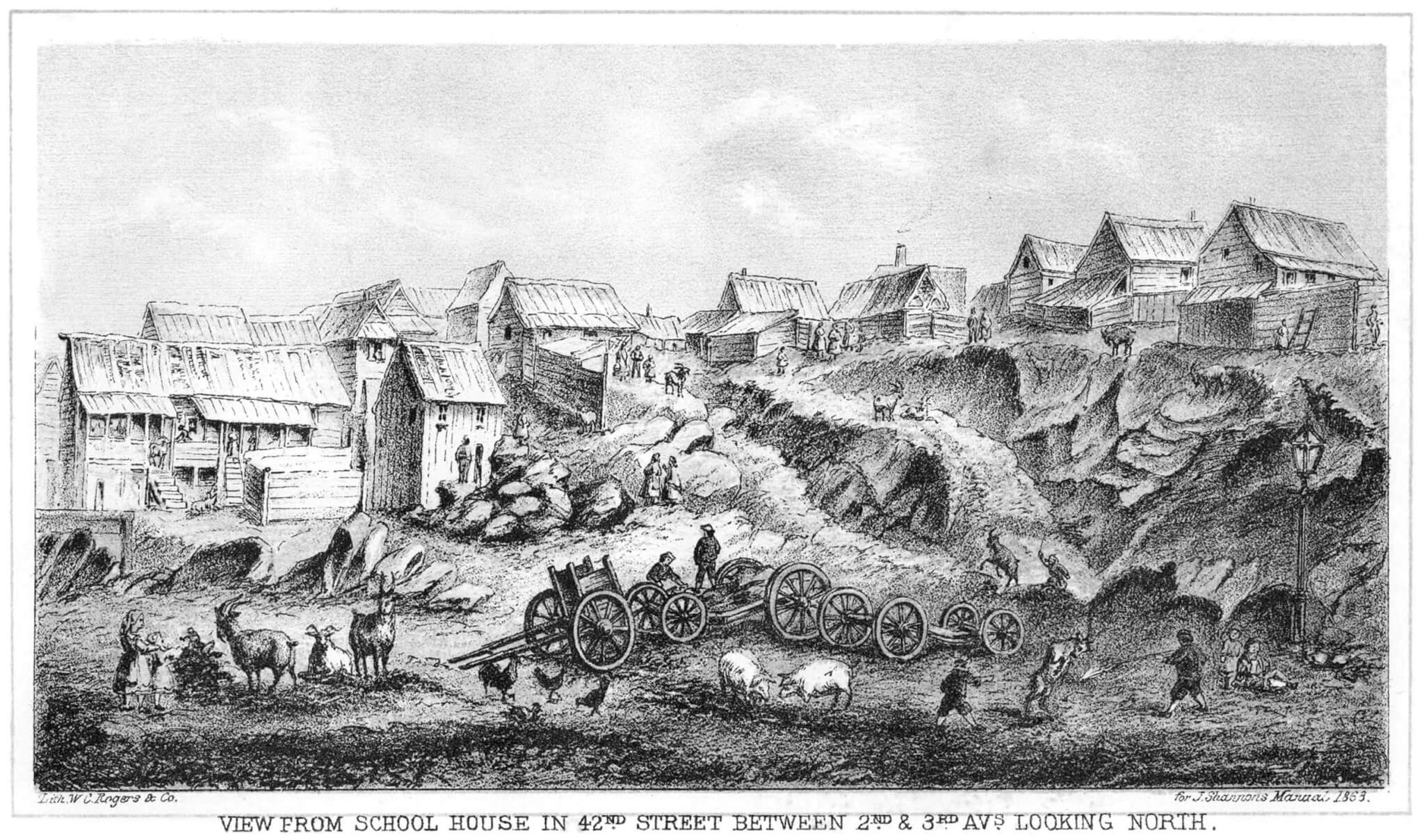
Focusing on parliamentary enclosures in England, Sevilla-Buitrago demonstrates how many of planning’s tools came into their own through the standardized dispossession of common land, from mapping and spatial measurement techniques, to forms of proto-zoning that strictly segregated different agricultural uses from one another. These enclosures even prefigure less tangible aspects of planning that feel all-too-familiar in the 21st-century city: For instance, a “formal participatory process” was legally mandated for any individual act of enclosure, even as the asymmetries of power between landed gentry and yeoman farmer meant such a process would always heavily bias the former. Such a literal form of gentrification (as Sevilla-Buitrago points out) resonates with the soft, coercive power that planners still often use to help make way for projects with large economic and political stakes. And in the widely held belief, propagated by landed elites, that enclosure would reap all sorts of “improvements” in efficiency and productivity—both from the land and the labor that would work it (and in factories later on)—we see an emergent logic that would be deployed again and again in the evolution of planning: that the erosion of the commons is as much in “the best interests” of those who are being decommonized as it is for the decommonizer. Though the “capitalist core” of urban Europe and the United States is the focus of Sevilla-Buitrago’s research, he argues that this logic was widely exported across the world through colonial conquest, and even documents how the destruction of the commons, in some cases, was directly compared to colonialism by those perpetrating it.
Sevilla-Buitrago goes on to track the ruination of “improvement” schemes across other places and times in the so-called Global North, from the peak of urban migration in turn-of-the-century New York City and Chicago to interwar Weimar Berlin to post-industrial Italy. Along the way, we see the commons evolve, in lockstep with capital, into something less physical and tangible. Dispossessed of land as a material substrate for commoning, subaltern classes nonetheless learn to recreate aspects of the commons within environments not entirely of their choosing: saloons and vernacular parks; self-managed squats and occupied factories; racialized enclaves in urban centers and, of course, city streets themselves. Such examples become overlapping sites of conflict with planners, who seek to regulate, and eventually absorb, the social energies of the commons into a more predictable, governable, and commodifiable urbanity.
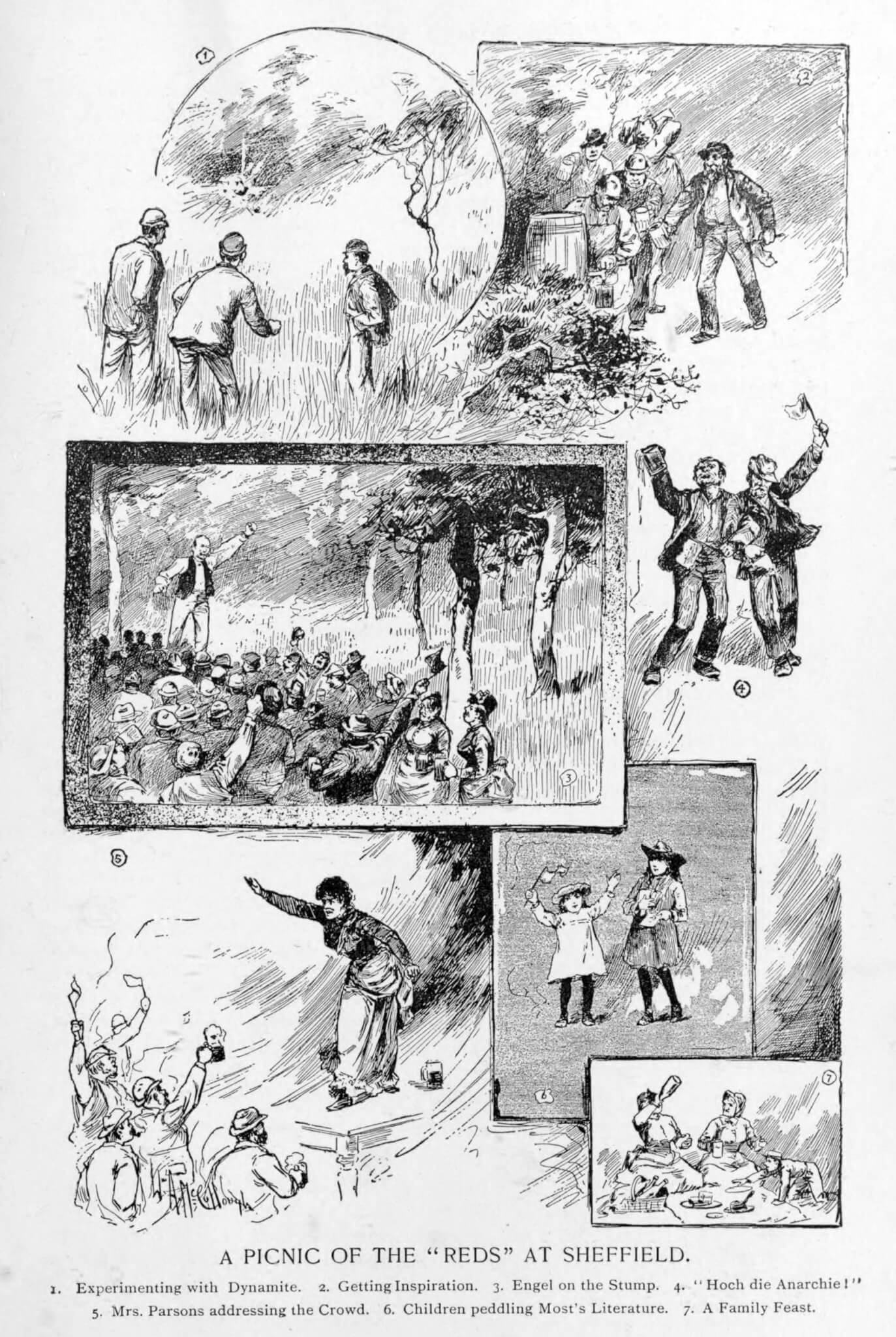
In this light, the creation of parks and playgrounds is not always so much an altruistic gift to the working classes, but a means to acculturate them to “correct” (i.e., bourgeois) ways of being public. Mass social housing is not always just a means to provide shelter to those whose needs are ignored by the market, but also a means of dispersing working-class neighborhoods and eliminating supposedly regressive ways of life in emergent “world cities.” Radical reuse of “obsolete” space is not always a form of innovation, but often a cooptation and erasure of commons-based practices themselves.
But if Against the Commons disturbs even the most progressive notions of planning as a reformist discipline, it doesn’t call for the practice to be totally discarded either. Rather, Sevilla-Buitrago argues for greater attention paid to the work planning actually achieves, consciously and unconsciously, within the confines of a capitalist system, in the hopes that its practitioners may steer their own tools and privileged access to the state towards aiding and abetting the autonomy and self-governance of communities that have long been deprived of both. His book, then, may be considered a primer, or a History of Capitalism 101 for planners.
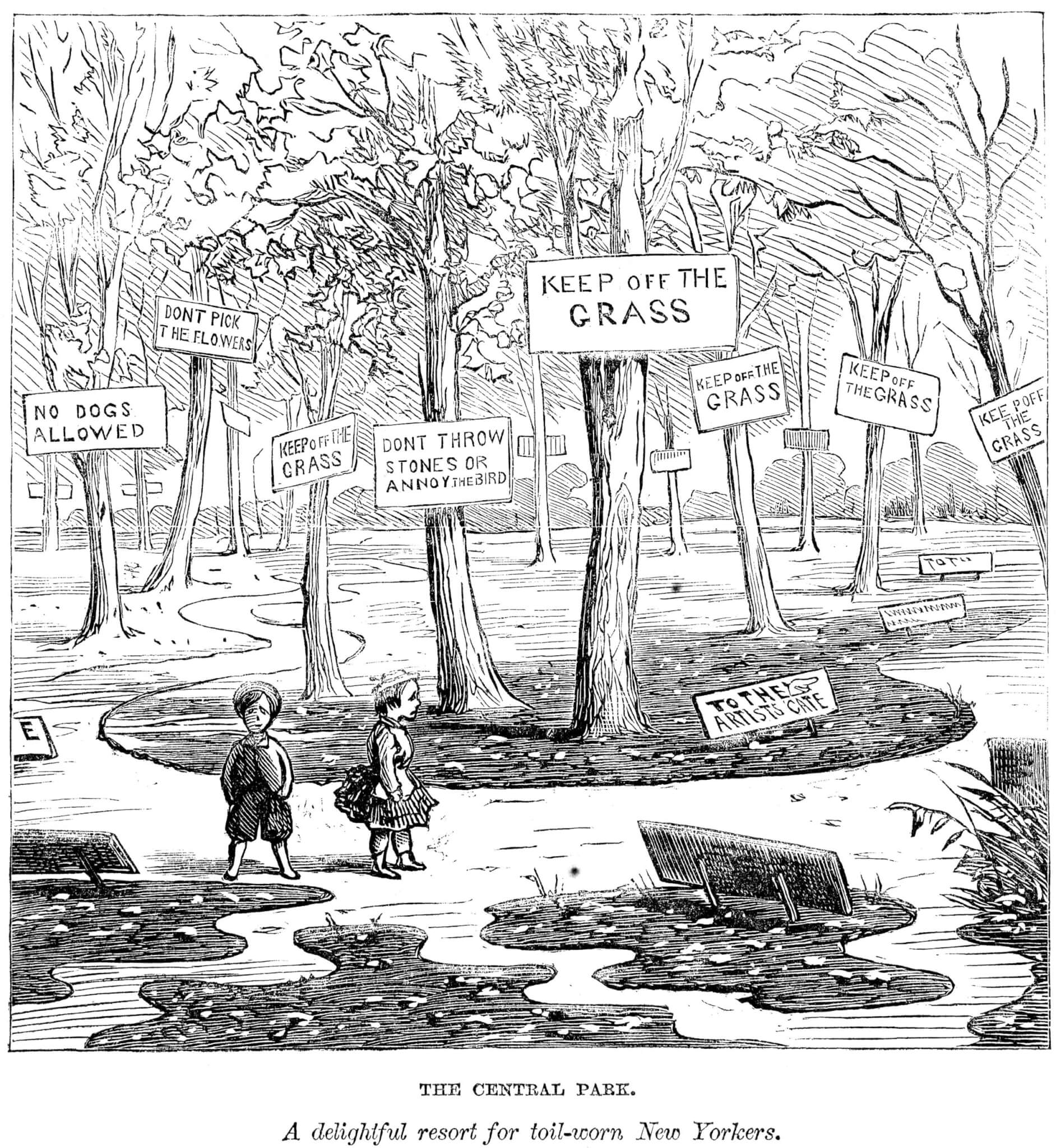
Ultimately, as Sevilla-Buitrago acknowledges, this lesson may have its limitations, culturally and geographically; even if a Euro-American mode of capitalist urbanization has circulated around the globe, it remains unclear how the commons may apply to struggles around land, resources, and “informality” across the so-called Global South and for Indigenous peoples everywhere. But at the very least—and this is no small thing—the effort proves to be a useful lens through which one can explore erased pasts and and latent potentials within even the most highly “developed” spaces of metropolitan modernity. That is to say: Plans can change.
Joshua McWhirter is a writer, doctoral student, part-time educator, audio producer, and musician based in New York City.











